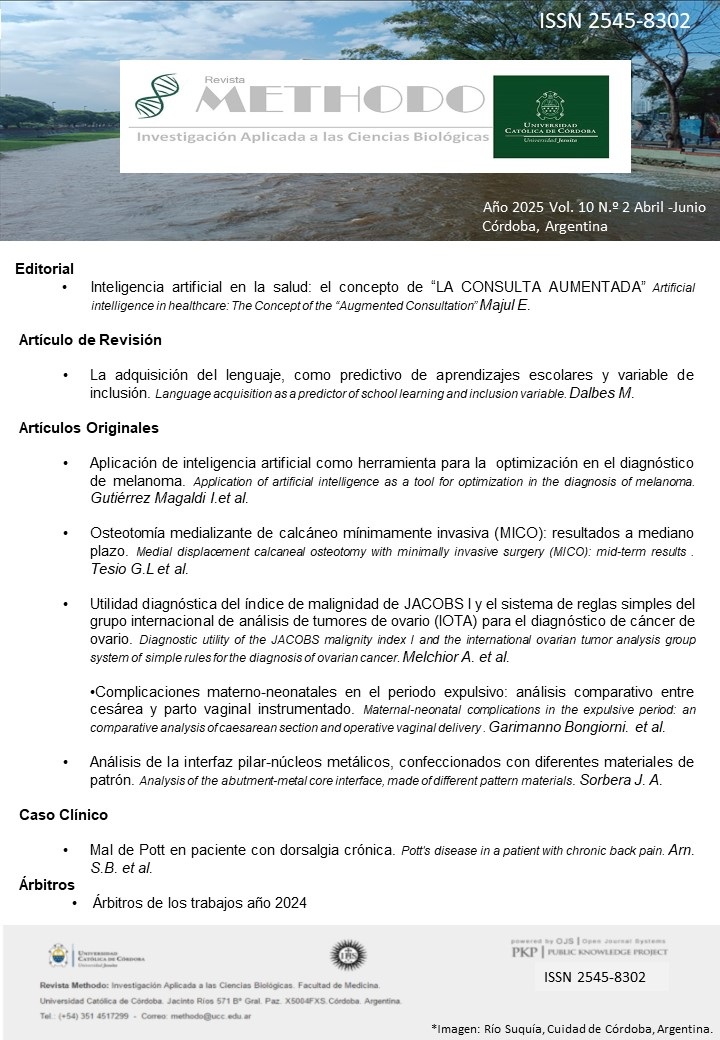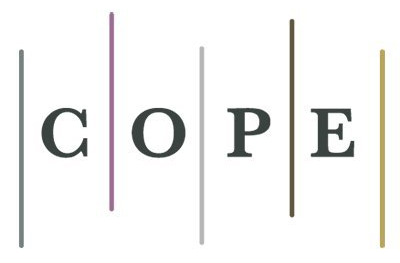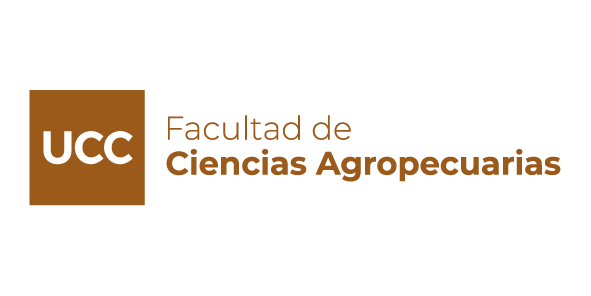Aplicación de inteligencia artificial como herramienta para la optimización en el diagnóstico de melanoma
DOI:
https://doi.org/10.22529/me.2025.10(2)03Palabras clave:
melanoma, inteligencia artificial, detección precozResumen
INTRODUCCIÓN: El melanoma, un cáncer de piel con creciente incidencia global, es prevalente en regiones con poblaciones de piel clara. Su capacidad para metastatizar y la alta tasa de mortalidad resaltan la necesidad de una detección temprana, para una intervención efectiva y potencial reducción de riesgo de metástasis.
Estrategias como autoexámenes y revisiones dermatológicas son esenciales. La inteligencia artificial (IA) ha emergido como una herramienta con mayor precisión y rapidez en el análisis de imágenes cutáneas.
OBJETIVOS: 1. Lograr la optimización en el diagnóstico precoz de melanoma a través de la IA como herramienta colaborativa en dermatoscopia. 2. Determinar la exactitud diagnóstica de la Inteligencia Artificial como herramienta en dermatoscopia vs el diagnóstico del ojo humano a través de un dermatólogo especializado.
MATERIAL Y METODOS: Se trata de un estudio prospectivo, de cohorte de tipo transversal.
Desde Avedian desarrollamos un modelo de deep learning para la detección de melanoma.
Entrenamos el modelo con 12.000 imágenes (tamaño muestral n: 12.000 imágenes; tamaño muestral necesario según cálculo de Machin es de 526 imágenes) obtenidas de base de datos obtenidas de la international skin imagine collaboration, e hicimos un estudio comparativo de clasificación de imágenes de melanomas y lunares sanos.
Por otro lado, les otorgamos 40 imágenes a 2 dermatólogos especializados en la detección de nevus y melanomas, a los que les pedimos que clasifiquen estas imágenes según su experiencia y criterio clínico, en forma binaria.
RESULTADOS: El estudio comparativo mostró una precisión global del modelo de deep learning por IA, del 82.5%, con 85% para nevos y 80% para melanomas, en comparación con el sistema clasificatorio binario de los médicos dermatólogos, (61%), con una sensibilidad del 85% y especificidad del 82%, nivel de confianza del 95%.
CONCLUSIÓN: La integración de la IA en la detección precoz promete avances significativos en el diagnóstico y tratamiento del melanoma y permite optimizar las herramientas de diagnóstico precoz
Citas
- Paula A. Enz, Alicia Kowalczuk, Ricardo Galimberti. Melanoma (parte 2) Clínica, estadificación y seguimiento. Artículo de Revisión. Rev. Hosp. Ital. B.Aires Vol. 24 Nº 2, diciembre 2004. https://www.hospitalitaliano.org.ar/multimedia/archivos/noticias_attachs/47/documentos/13612_Ital2004%202%2053-60.pdf
- Á.Pizarro, J.L. Santiago, D.I. Santiago. Prevención y diagnóstico precoz del melanoma con Dermatoscopia: una perspectiva biológica. Actas Dermo Sifiliográficas. 2015;106(1): 3- 6. https://doi.org/10.1016/j.ad.2014.06.005
- A.Martorell, et Al. Inteligencia Artificial en dermatología: ¿amenaza u oportunidad? ACTAS Dermo-Sifiliográficas 113(2022) 30-46. 4- The International Skin Imaging Collaboration. Disponible en https://doi.org/10.1016/j.ad.2021.07.003
Publicado
Cómo citar
Número
Sección
Licencia
Derechos de autor 2025 Methodo Investigación Aplicada a las Ciencias Biológicas

Esta obra está bajo una licencia internacional Creative Commons Atribución-NoComercial-CompartirIgual 4.0.




















